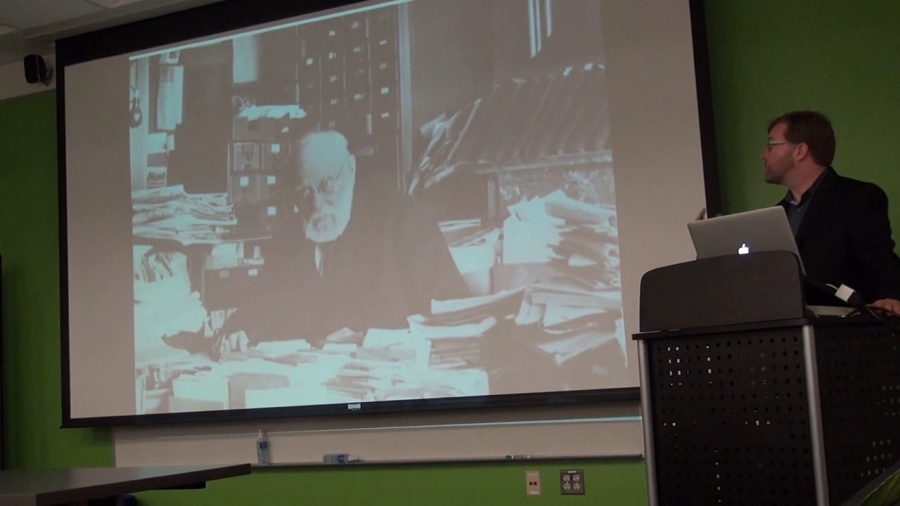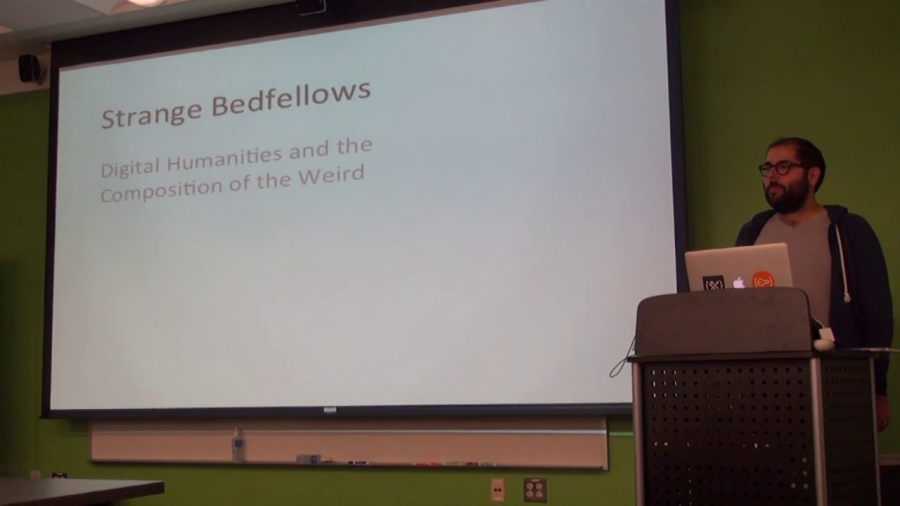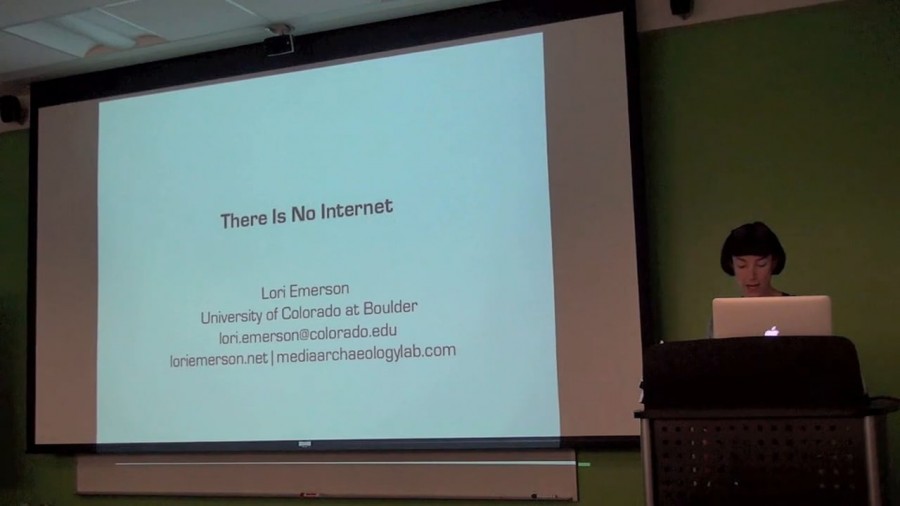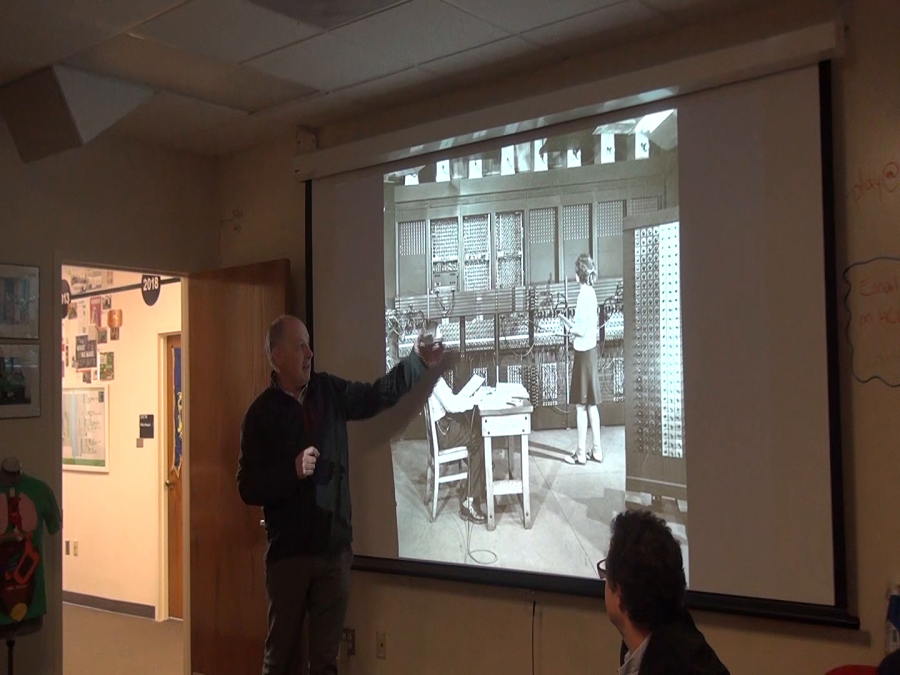The largest part of the ENIAC team by far were the people that were actually building the thing. And it’s interesting they’ve been forgotten by history, because although their job titles were wiremen, technicians, and assemblers, being a business historian I looked up the accounting records, and sometimes they spell out the payroll. You suddenly see all these women’s names like Ruth, Jane, Alice, Dorothy, Caroline, Eleanor showing up.
MITH Digital Dialogues

The Platonic Network
presented by Alex Wright
I wanted to give you a little bit of perspective on Otlet’s broader vision, which I think is in a way even more interesting as a reference point for thinking about some of the changes we’re seeing today as our lives are increasingly reshaped by technology and networks. What Otlet offers is a different way into that space, and a different way of thinking about what a networked world could look like.

Strange Bedfellows: Digital Humanities, Internet Art, and the Weird Internet
presented by Darius Kazemi
I’m here at MITH today, and I wanted to talk a little bit about digital humanities from my position as an interested outsider. I’ve always kept a finger in academia, at first through game studies and people studying video games, and more recently through electronic literature and those fields. I’m not going to go into a “what is it?” debate because I know everyone who’s in digital humanities is very tired of those, but we know when we see it, right?

There Is No Internet
presented by Lori Emerson
What I’d like to do for probably the next 40 to 45 minutes is just first of all talk about how Reading Writing Interfaces as well as the Media Archaeology Lab underlie my next/current project that I’m calling “Other Networks,” which will lead me into an explanation of my kind of mysterious title “There Is No Internet.” And I’ll finish with talking about specific examples of other networks. When I say “other networks” I’m talking primarily about networks that were outside or before what we now call The Internet.

